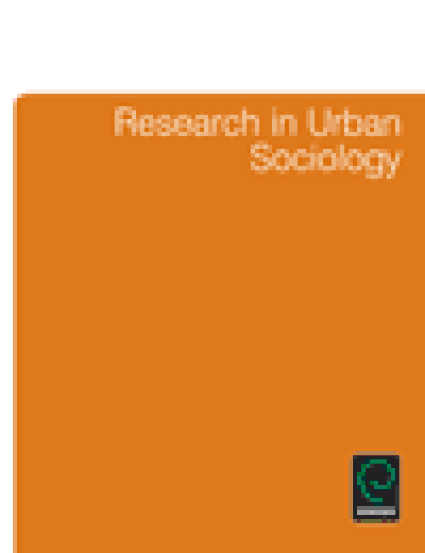
Contribution to Book
Urban Vulnerability and Adaptation to the Health Impacts of Air Pollution and Climate Extremes in Latin American Cities
Urban Areas and Global Climate Change
(2012)
Abstract
Purpose – The vulnerability and adaptive capacities of cities in Latin America have received relatively less attention compared to other regions of the world. This chapter seeks to address these gaps by (a) examining vulnerability to the health impacts from air pollution and temperature, and exploring whether socioeconomic factors between neighborhoods differentiate these risks within the cities of Bogota, Buenos Aires, Mexico City, and Santiago and (b) assessing the capacity of urban populations to perceive and respond to vulnerability and risk.
Design/methodology/approach – Because of the complex nature of vulnerability, we combined a set of quantitative and quantitative methods and data to determine whether and under what conditions the people in these cities are vulnerable (e.g., Time Series Analysis, Generalized Linear Model, and statistical correlations of exposure and human mortality with socioeconomic vulnerability).
Findings – We found high levels of PM10, ozone, and other criteria air pollutants in three cities for which we had data. However, the pattern of their impacts on health depends on the particulars of pollutant levels and atmospheric and weather conditions of each city. Our results reflect the varied facets of urban vulnerability and shed light on the nature of the associated human health risks. Although wealthy populations have access to education, good quality housing, and health services to mitigate some environmental risks, overall the data show that health impacts from air pollution and temperature in the study cities do not necessarily depend on socioeconomic differentiations.
Practical implications – Our findings show that wealthy and educated populations may be equally at risk to the health implications of air pollution. Policies designed to mitigate these risks should not use socioeconomic characteristics as predictors of a population's risk in relation to air pollution.
Originality/value – This research contributes valuable insights into the dynamics of vulnerability to air pollution in Latin American cities, a region that has been historically underrepresented in empirical studies of urban risk. We have also combined a range of methods and approaches to improve our understanding of the multifaceted nature of urban vulnerability to global environmental change.
Keywords
- Air -- Pollution -- Latin America,
- Climatic changes,
- Health risk assessment,
- Environmental management -- Sociological aspects
Disciplines
Publication Date
2012
Editor
William G. Holt
Publisher
Emerald Group Publishing Limited
Series
Research in Urban Sociology
ISBN
9781781900369
Publisher Statement
© Copyright 2012 Emerald Publishing Limited
Citation Information
Patricia Romero-Lankao, , Hua Qin, , Sara Hughes, Melissa Haeffner, , Mercy Borbor-Cordova, (2012), Chapter 10 Urban Vulnerability and Adaptation to the Health Impacts of Air Pollution and Climate Extremes in Latin American Cities, in William G. Holt (ed.) Urban Areas and Global Climate Change (Research in Urban Sociology, Volume 12) Emerald Group Publishing Limited, pp.247 - 275
